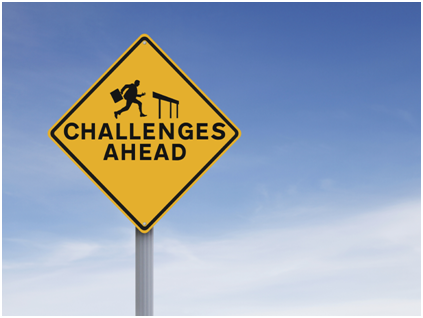There is a great session on Customer Advisory Boards (CABs) on the Main stage of…

The New Normal: Why Virtual Customer Advisory Boards are replacing Various Client Engagement Programs
With the Coronavirus pandemic dragging on, the practice of customer engagement has radically changed in 2020. Gone (for now) are the face-to-face meetings that have been great for discovering client guidance, conference calls and virtual meetings are tough to match. But as professionals get used to communicating virtually, they are getting better at ensuring such meetings deliver valuable insights. As such, if and when the pandemic is finally “over,” some traditional methods of customer engagement may be significantly reduced – if they ever come back.
Concurrently, virtual customer advisory boards (CABs) are seeing a flourishing in use, impact and success. After all, your best customers are only too happy to share their challenges with you and their peers, and communicate how you can help them be successful during changing times. As such, it seems in the “new normal,” CABs – whether in-person or virtual – are replacing various traditional customer engagement programs that are being phased out. These would include:
• Onsite customer visits: while these have long been a standard meeting medium for companies, they are all-too-often held by sales or account executives – and come across as much to customers. Discussions are usually focused on how products are functioning; with sales attendees keen on unearthing any new, unmet sales opportunities. Such meetings also focus on tactical user issues, implementation or training. Strategic ideas are usually not discussed and likely not captured by the attending account reps, as they are in well-run customer advisory board engagements.
• User group meetings: these meetings are also on the decline, as product users tend to be a bit more junior and more tactically focused. As such, managers often don’t want to invest the travel dollars to send these people to such engagements. In addition, information from vendors in user group meetings tends to focus on product updates and upgrades, which can easily be communicated virtually to a wide audience. In turn, product insights received – if any is even discussed and captured – also tends to be tactically focused, and not strategically valuable as discussions are in customer advisory council meetings.
• Industry conferences / trade shows: Not long ago, industry trade shows used to be the place to see and be seen by prospects, customers, partners, analysts and media. Unfortunately, due to high expenses involved, travel and time away from the office, such events have been on the decline for many years. The current pandemic may indeed be the final death knell for many such conferences. But for those still using trade shows to meet with customers, both sides know that everyone is busy and perhaps distracted, and here too discussions tend to focus on tactical product or support issues, similar to an onsite customer sales meeting. Well-managed customer advisory boards, on the contrary, allow for colleague brainstorming and executive engagement, and agenda topics are determined by customers, not the vendor.
• Surveys and NPS: Although surveys and Net Promoter Scoring (NPS) can take place online, most professionals are swamped with such invitations, and just don’t have bandwidth for them. This is even more the case for busy senior executives, who rarely if ever participate. And, again, such surveys focus on product feature and usage feedback, and are simply not designed to engage clients on their other business areas, process bottlenecks and strategic discussions held in customer advisory board meetings that can lead to material insights and actions by the hosting organization.
The current pandemic has forced many companies to withdraw from various traditional customer engagement programs, and focus client discussions in virtual customer advisory council meetings. Here, vendors can offer breakout discussions, polling, roadmap voting and team problem solving to address strategic initiatives. In addition, customers can discuss and learn from each other how to navigate their way through today’s challenges – which they will want to continue when the pandemic ends.


